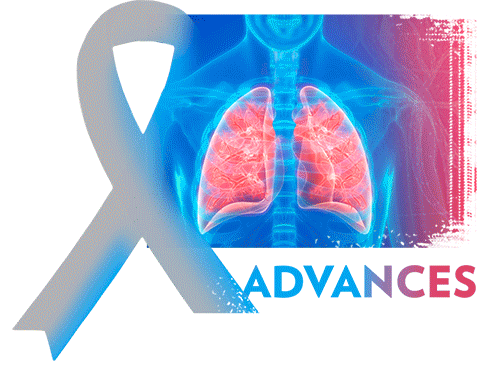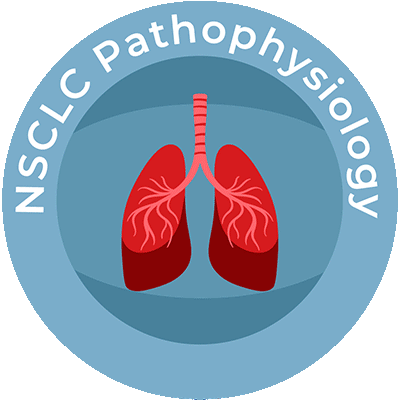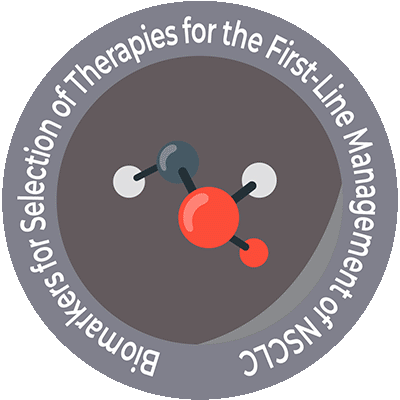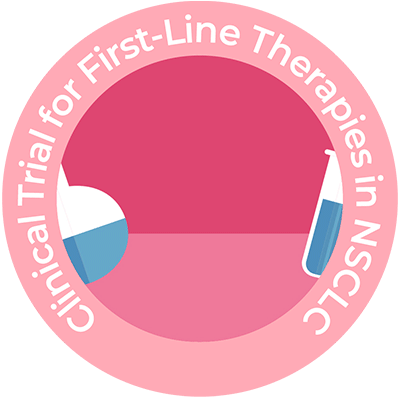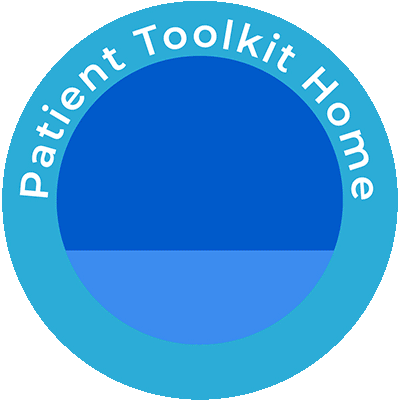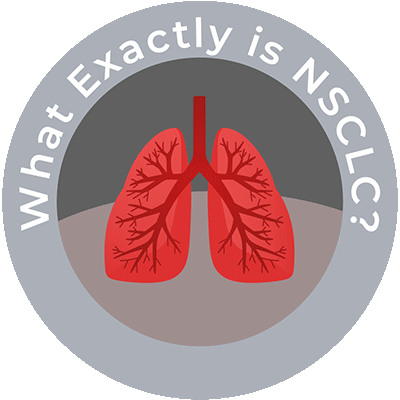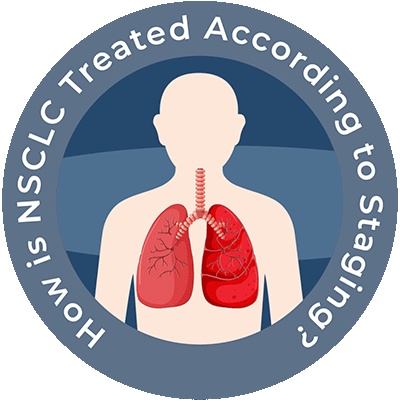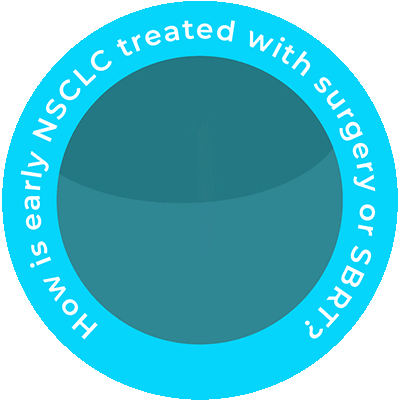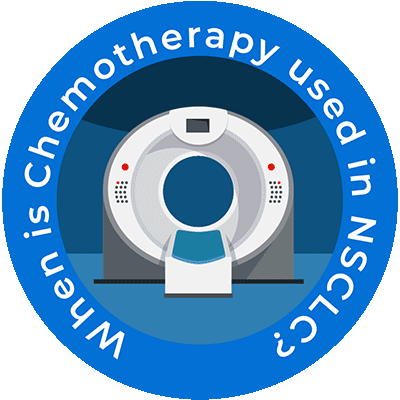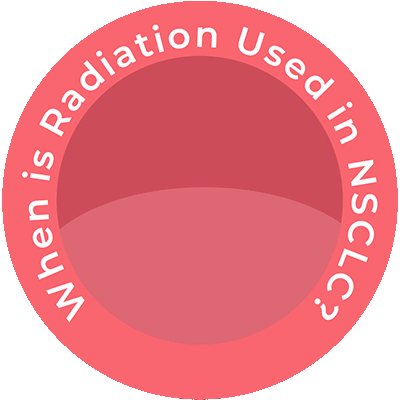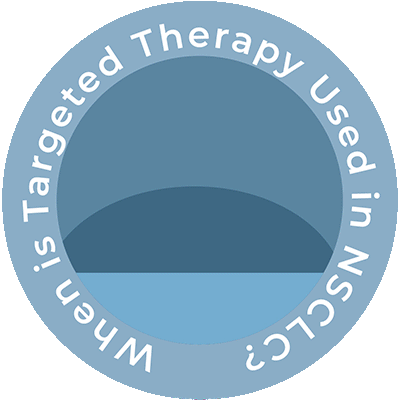Clinician Toolkit
Introduction
Non-small cell lung carcinoma (NSCLC) is a leading cause of death from lung cancer.1 Smoking is responsible for 85%-90% of NSCLC cases. Despite the decreasing popularity of smoking, the incidence of NSCLC is expected to increase significantly over the next few decades because of widespread screening for early detection.2
There is a dose-effect relationship between the number of cigarettes smoked and lung cancer risk, as well as exposure to tar or tobacco smoke and lung cancer.2,3 The carcinogenic effects of tobacco smoking are suggested to be due to the accumulation of molecular damage during exposure. Subsequently, a cascade of events leads to the induction of enzymes and the formation of covalent DNA adducts, which may result in DNA misreplication and mutation, and ultimately cancer development (Figure 1).
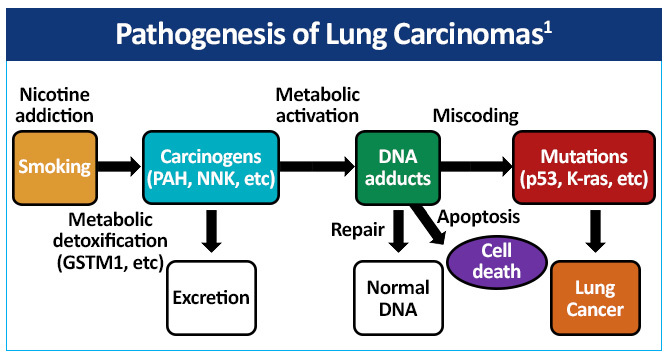
The sequence of pathologic and molecular change involved in the pathogenesis of lung cancer includes molecular changes, such as chromosomal deletions, genetic instability, activation of inflammation-related molecules, cell proliferation, oncogenes mutation (eg, KRAS and BRAF), and inactivation of tumor suppressor genes (eg, P16 and TP53) (Figure 2).

References
- Minna JD, Roth JA, Gazdar AF. Focus on lung cancer. Cancer Cell. 2002;1(1):49-52. https://doi.org/10.1016/s1535-6108(02)00027-2
- Raso MG, Wistuba II. Molecular pathogenesis of early-stage non-small cell lung cancer and a proposal for tissue banking to facilitate identification of new biomarkers. J Thorac Oncol. 2007;2(7 suppl 3):S128-S135. https://doi.org/10.1097/JTO.0b013e318074fe42
- Starek A, Podolak I. [Carcinogenic effect of tobacco smoke]. Rocz Panst Zakl Hig. 2009;60(4):299-310. https://pubmed.ncbi.nlm.nih.gov/20361554/
